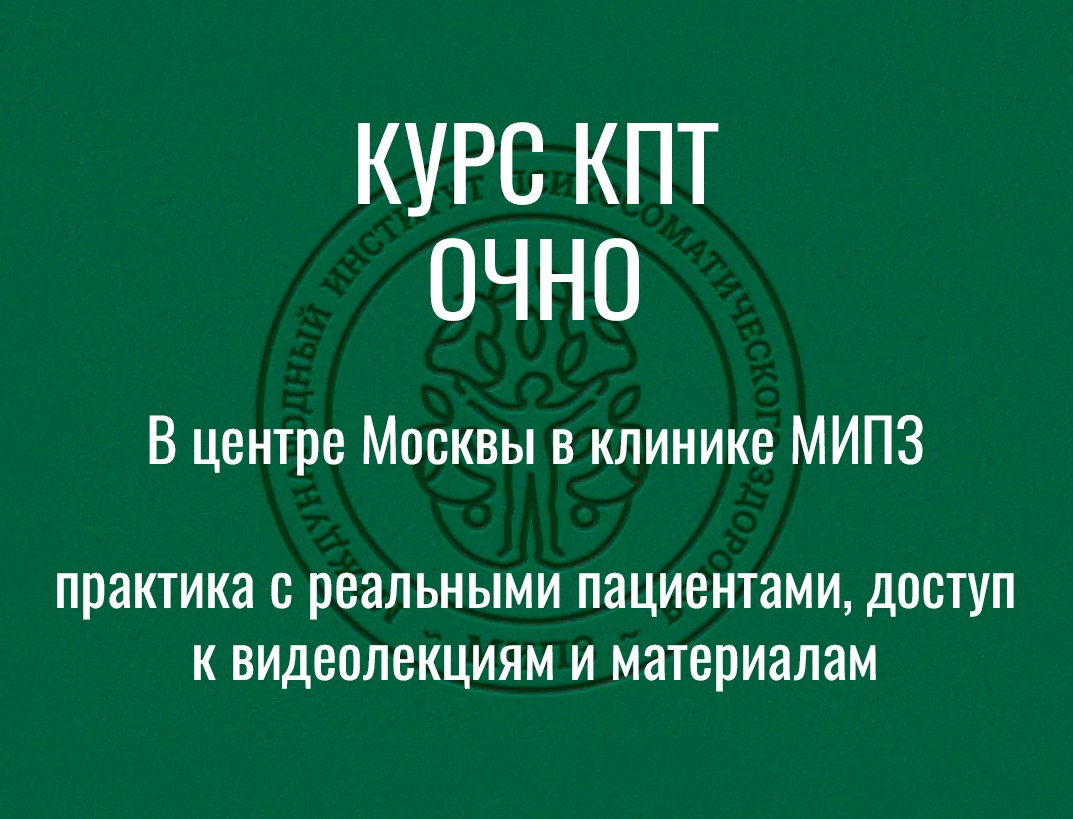The fact that Serioja’s suffering was most intense precisely in conditions of close contact with adults seems linked with several sets of circumstances:
- Early failures to establish such contact would have led to the expectation of disappointment, and the increase of helplessness and then of anger. (Anger might even alleviate the child’s suffering to some degree, as it reduces the feeling of helplessness (Izard, 1980): this could have contributed to Serioja’s prolonged crying. The cry itself could be used as an expression of anger, and as a means of punishing the adult through the retaliatory projection of pain).
- To the extent that Serioja’s loud crying when picked up was also a protest against the imminent interruption of this contact, one could imagine that he was trying to use the adult as a container for bad experiences: as though he wanted to cry out his suffering into the adult (Bion 1962).
- Serioja’s suffering was in part due to difficulties in recognising and integrating the perceptual image of the observer, who was a new, unfamiliar adult (Izard 1980); and to difficulties in integrating the new emotional experience with the very confused perceptual and emotional experiences derived from past and present carers. The first rare signs that Serioja was assimilating a good experience, safe and free of pain, appeared in the context of close contact with familiar adults (carers). At the same time, the ‘strange’ observer was the focus for highly ambivalent and very painful feelings, as Serioja experienced in turn a desperate wish to approach her and a frightened urge to withdraw Serioja’s suffering only increased when ambivalence and splitting were replaced by confusion, as he did not know whether to trust or fear the adult.
- Suffering was also elicited by the almost permanent necessity to compete with other children for the adult’s attention.
A similar but less strong ambivalent reaction to the new adult is typical for many orphanage babies when they are about one year old. They commonly exhibit the contradictorym combination of marked fear and avoidance of eye contact with the new adult, on the one hand, and, on the other hand, the rapid acceptance of a comforting position with her. Such a defensive splitting of approach/avoidance behaviour towards the different aspects of the unfamiliar adult, in which tactile contact is felt to be safe while eye contact is deemed dangerous the inner splitting of the corresponding emotional states of trust and fear.
Secondary deficits
1. In relation to other children, it is important to note that Serioja suffered from no primary deficit. In the absence of an accessible adult, he could interact quite competently with other children on the level of competition for objects or territory. He also exchanged exploratory touching with some babies, although mostly without eye contact. The avoidance of eye contact, like Serioja’s preference for an isolated position in the playground, may have served to control his anger with rival babies.
2. Serioja’s play with toys was not inhibited in the first period of our observations. He even seemed to feel safer with toys than with people. He had his favourite toys (a ball, and a rattle with a mirror in it) which he managed to keep. He was quick to notice when such a toy occasionally disappeared. At the same time, Serioja was afraid of toys which children normally use as transitional objects (Winnicott 1951), such as dolls or soft animals. This fear is common among orphanage babies of about one year of age. It is reasonable to suppose that the baby treats such a toy, like the new adult, as an object into which he can project the painful experience he has had in previous close contact with adults.
Basic attachment patterns: pain and desire
Literally in every observation during this first phase, when Serioja was between the ages of eleven months and fourteen months three weeks, he tried to establish direct contact with the observer. Each time, he repeated a recognisable cycle of behaviour and corresponding emotional states.
The starting-point was what I will call a pseudo-autistic state. In this, Serioja would take up a position isolated from carers and other children, at the same time inconspicuously maintaining a link with adults, whose availability for close contact he would be evaluating. From this position, Serioja would try from time to time to establish close contact with the observer, using two distinct patterns: pushing into the adult’ and ‘wanting to be held by the adult’. These expressed Serioja’s deep conflict between a strong desire to approach the adult, and an internal state of insecurity which did not allow him to perceive and receive something good from her. Both patterns were replaced by a painful tantrum as soon as any small obstacle or unpleasant experience arose. Serioja would start to cry desperately, then ‘lose himself in a dreamy state and progressively return to his initial pseudo-autistic state.
ethological observation – previous | next – emotional contact







.jpg)
.jpg)
.jpg)
















